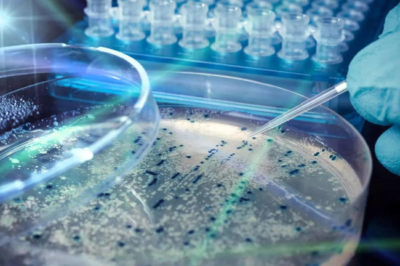
Overview: Japan is facing a surge in cases of Streptococcal Toxic Shock Syndrome (STSS), a dangerous flesh-eating bacteria. As of June 2, 2024, nearly 1,000 cases have been reported, surpassing last year’s total. The disease has a high mortality rate and can be fatal within 48 hours of infection.
What is STSS?: STSS is a severe illness caused by Group A Streptococcus (GAS) bacteria, commonly known for causing strep throat. In STSS, these bacteria produce toxins that lead to systemic inflammation, organ failure, and shock. It often starts at a site of minor trauma or surgical wound and progresses rapidly.
Symptoms:
- Early Symptoms:
- Fever and chills
- Muscle aches
- Nausea and vomiting
- Progressive Symptoms (24-48 hours):
- Low blood pressure (hypotension)
- Organ failure (e.g., kidney or liver failure)
- Rapid heart rate (tachycardia)
- Rapid breathing (tachypnea)
Prevention:
- Practice good hygiene, including regular handwashing.
- Keep wounds clean and properly bandaged.
- Seek medical attention for signs of infection (redness, swelling, increased pain).
Treatment:
- Immediate medical care with antibiotics.
- Hospitalization for fluids and treatments for shock and organ failure.
- Surgery may be required to remove infected tissue.
Expert Insights: Professor Ken Kikuchi from Tokyo Women’s Medical University emphasized the rapid progression of the disease, noting that death can occur within 48 hours if untreated. With STSS spreading quickly, early detection and treatment are crucial to prevent fatalities.
By maintaining good hygiene and being vigilant about wounds and infections, individuals can reduce their risk of contracting this severe disease. The health authorities in Japan are working to manage and control the outbreak, emphasizing the importance of public awareness and prompt medical intervention.









































Leave a Reply